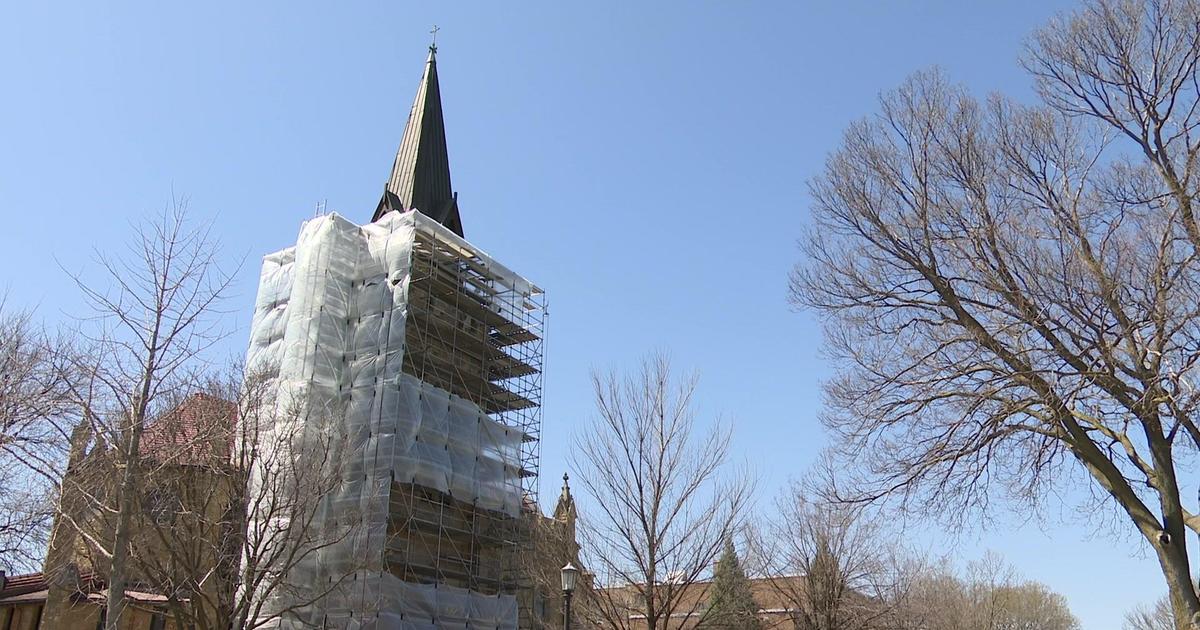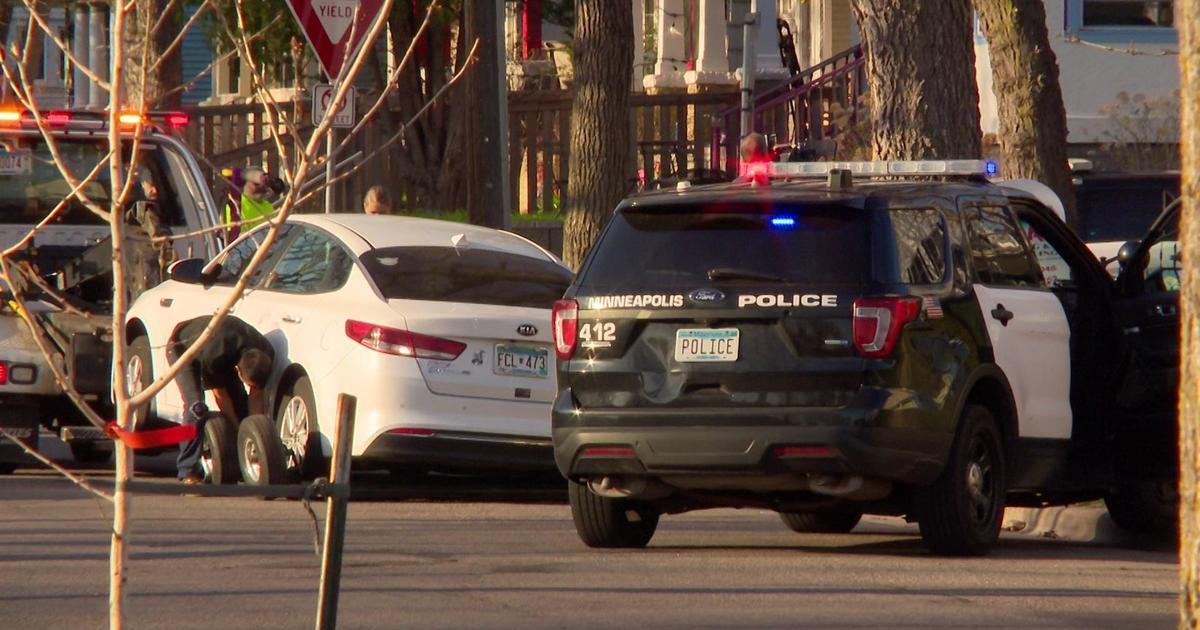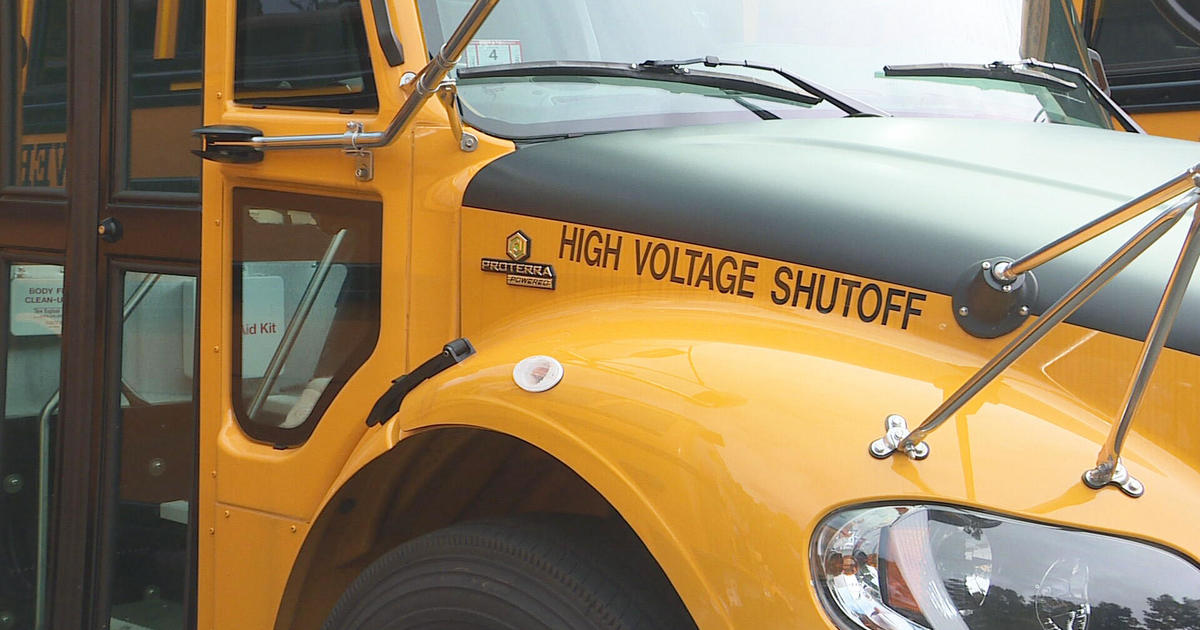Pee Wee Pros: AAU Hockey Teams Attract Young Talent
MINNEAPOLIS (WCCO) -- The Minnesota boys state hockey tournament is next weekend.
That same weekend, Minnesota will also host a national tournament, the AAU Mite National Championships – that's 7- and 8-year-olds.
That's more significant than you might think. It's part of a national trend that has the potential to change youth hockey.
For as long as there's been youth hockey, kids have played for their hometown team. Nowhere more so than in Minnesota.
"Minnesota has a very strong traditional community-based hockey program," said Bernie McBain, who runs Minnesota Made in Edina.
But when you look at what's happening nationally, you wonder if that could be changing.
"I think there is just a push for an alternative," McBain said.
That alternative? The Amateur Athletic Union, better known as AAU – club teams based only on talent, instead of geography, so the best compete with the best instead of for their community.
An alternative surging in popularity.
"There were almost no AAU teams three years ago," McBain said.
In just three years, AAU Hockey has gone from nonexistent to rapid expansion across the country, doubling in membership every year – now boasting 30,000 kids nationwide and adding more by the week. The vast majority are Mites – 7- and 8-year olds.
That's what's happening nationally – not a good sign for community hockey. But what about Minnesota?
That alternative is already here.
"It's not the best fit for every family," McBain said. "But it's a good fit for kids that maybe are looking for a little bit more."
McBain's Minnesota Made program is the only one like it in the state.
"There's a little bit more ice time, it's a little bit higher skill level," he said.
He started his "Choice Leagues" six years ago with just six Mite teams. It took off right away and has been building ever since.
They've expanded from Mites into Squirts and PeeWees, added a third rink outdoors, even started renting ice in Ramsey County.
"And so now I think we're up to 46 teams," McBain said.
They joined AAU last year, for its insurance coverage and the chance to play in national tournaments, like the Mite National Championships here in March, where about two dozen teams from 10 states are scheduled to play. McBain is now vice-chair of the AAU national committee.
There is a reason AAU's growth is, for now, primarily at the Mite level --- they play full-ice games, which is attractive to families unhappy that community hockey recently switched to half-ice.
"Families that are involved here, they love it," he said.
Not everyone shares that feeling.
"It would put us in danger if all of these entrepreneurs popped up and were doing this and a parent looked at hockey and said, 'well, in order for my kid to have any success...'" said Glen Andresen, the executive director of Minnesota Hockey, which oversees the state's community associations. "I guess what we want to guard against is "checkbook hockey," the thought that parents need to spend tons of money and tons of time to get their kids to develop. Really that's not needed and that's proven out through the kids that have had success."
Andresen argues Minnesota's community model is best for kids, and says if it is indeed put in danger, it'd hurt the state of hockey.
"Because what it does is allows the most kids to play, it's cost effective," he said, adding that the switch to half-ice hasn't hurt Minnesota – last year it had its largest increase in new Mite players in five years. "We don't base our success off the number of kids that made it to Division I or NHL hockey. But we do feel that the reason we have the most, by far more than any other state, is because kids are having fun and there's not those barriers."
Not to worry, says McBain, because while AAU may very well keep expanding outside Minnesota, it won't here.
"In Minnesota, it's a little bit different," he said.
McBain points to Minnesota's unique model of community-owned, publicly funded rinks -- state of hockey indeed -- which are obligated to sell ice time first and foremost to their local association.
"So unless someone is going to build a rink, like we have here, it'd be very difficult for someone to get enough ice to develop an AAU program similar to what we have here," he said. "To duplicate what we have here would probably be somewhere between $12-16 million. Anybody who has that much money is probably not going to put it into an ice arena."
And since McBain can't expand any more either --- again, a lack of available ice --- he maintains AAU is not a threat to community hockey in Minnesota.
"I never want to be involved (in) or do anything that would hurt the game," he said.
But what about elsewhere? There is a precedent.
Look no further than AAU basketball, which has basically taken over as the pipeline to college and the pros the last 20 years. Will we see the same thing happen in hockey?
As participation in AAU Hockey increases, will too its influence?
"I'm not a basketball player, and I really have no insight into basketball," McBain said through a smile. "So I have to take your word on it that they are super influential in basketball. But in hockey, I think it's just like anything. If you provide a better service, and you serve people better, and you give 'em more, people are going to come to you. If you mail it in and you don't do a good job, then they won't come to you.
"AAU does a good job, people will come. If they kind of go, 'OK, we've got some hockey teams and we're just going to be status quo from here on out,' then people will probably stop coming."
If they don't stop coming, the question then becomes: How long can Minnesota stay the exception to a national movement?



